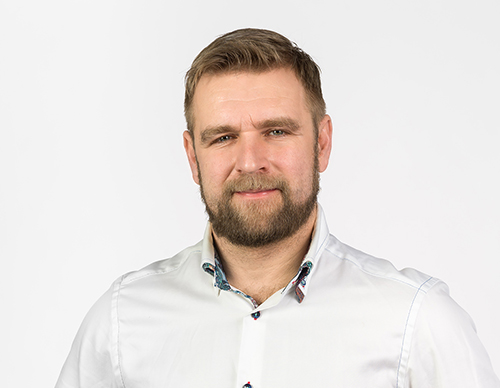Opioid abuse has increased dramatically over the past three decades. In the United States, more than 932,000 people have died from a drug overdose since 1999, according to the Centers for Disease Control and Prevention (CDC). In 2020, close to 75 percent of all overdose deaths were opioid-related. Learn more.
Opioid abuse has become such a widespread problem in many countries that there is talk of a global opioid crisis, or opioid epidemic with high costs to society. The crisis is estimated to cost $78.5 billion a year in the U.S. alone, according to the CDC.
Fentanyl has taken over
U.S. authorities have invested heavily in curbing the abuse of prescription medications, which has reduced opioid prescribing in the U.S. by nearly 50 percent in the past decade.
Despite this, drug-related overdoses and deaths continue to rise, as many patients, lacking prescription opioids, have turned to the illegal market where fentanyl and fentanyl analogues have become both cheaper and more potent.
One of the biggest problems the U.S. has to deal with is that illegal fentanyl is used instead of pharmaceutical grade fentanyl. The illegal fentanyl is more unpredictable than pharmaceutical preparations, which makes it more difficult to dose and leads to more overdoses and deaths. Learn more.
Drug diversion – a growing problem
At the same time as drug abuse is increasing, the problems of healthcare professionals diverting drugs for personal use or resale are also growing.
According to an estimate by the U.S. organization Healthcare Diversion Network, one in ten healthcare employees will steal opioids and other substances from patients and hospitals at some point in their careers. Learn more.
At the end of September, an international Drug Diversion meeting was held in the U.S., organized by the International Health Facility Diversion Association (IHFDA) – a knowledge network of health professionals specialized in patient safety and measures to prevent the diversion of narcotic drugs.
The organization’s President, Marsha Stanton, PhD, RN, told BioStock about the problems related to Drug Diversion:


